Who are the Moon Goddess and the Horned God?
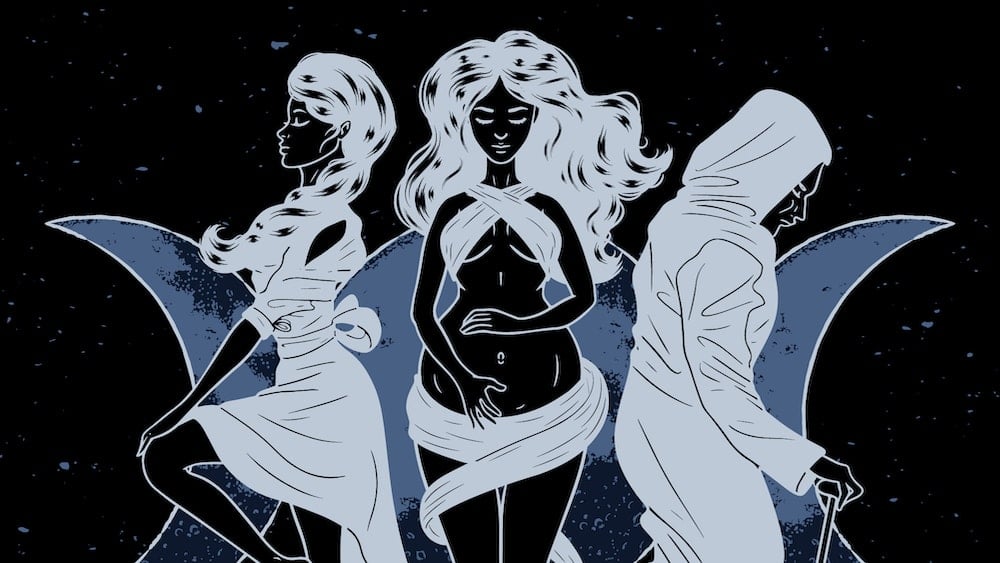
By Louise Clover / September 28th, 2020
Estimated Read Time: 10 Minutes
It’s common in modern Wiccan practices – even encouraged – to choose a deity that resonates with you. There is fluidity and freedom associated with Wicca. One can choose their own patron goddess or god. Especially if they fulfill certain characteristics that match your intent or goals. Ancient deities associated with fertility and agriculture are often adopted by other cultures. There are two main deities that often recur in Wicca known as the Moon Goddess and Horned God. Let’s take a closer look and find out who are the Moon Goddess and the Horned God!
Wicca is an easily misunderstood religion. Plenty of people are quick to point their fingers to it as a form of synonym to devil worshipping. That’s a far cry from the real truth than ever. Despite what most organized religion would like you to believe, Wicca is anything but Satanic.
Any deity not mentioned in religious texts was deemed “paganistic”. The truth is, these celestial beings have been around since humans were able to form ideas. Deities across religions continue to repeat characteristics and motifs. Despite this, there is less interest in some of the Eastern counterparts of these celestial beings. Especially when you realize how Greeks and Roman mythology are often romanticized. There are whole TV series and cartoons dedicated to teaching Greek and Roman mythology. It’s less common to see Pagan mythology in pop culture.
Wicca has always striven to be a religion that upholds peace with strong roots in karmic power. Peace is a similar goal held by plenty of other religions – organized or otherwise. According to many of these same religions negative intentions are bound to come back. Often with consequences and much worse intent.
Who is the Moon Goddess?

The Moon Goddess is also known as the Triple Moon Goddess, Mother Goddess, or simply the Lady. You might recognize her symbol as the triple moon symbol. We explore this symbol in greater detail in our moon phases article.
For this article we’ll refer to Her as the Goddess to simplify matters. There are three stages of the Goddess found in the triple moon symbol: the Maiden, the Mother, and the Crone. It’s also important to note that the Moon has been a symbol of femininity across many ancient religions. So it’s no surprise that when Wicca came to be the Moon was also adopted as a symbol to represent feminine power.
The Maiden

The first stage of the Goddess is the Maiden, represented by the waxing moon phase. This is the stage of purity and naivety. Where the world is still full of promises and youth. This version of the Goddess is typically worshiped in Spring when the season is about to bloom. Beltane is a Wiccan holiday that falls between the spring and summer equinoxes. This holiday also works as a celebration for the Goddess’ and the Horned God’s courtship and union. To learn more you can check out our article on the Wiccan Holiday – Beltane.
The Mother
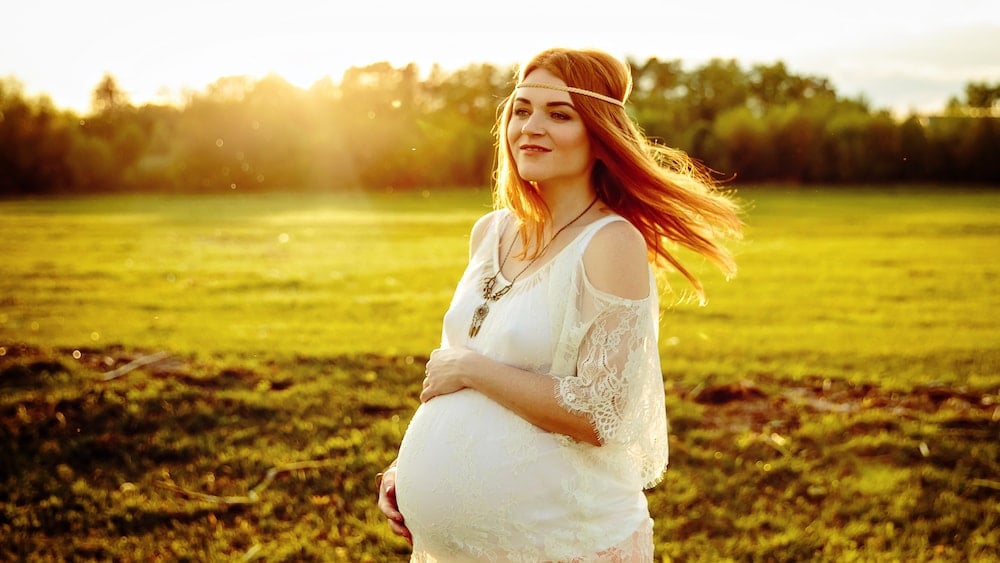
The second stage of the Goddess, represented by a full moon, is the Mother. She is often worshiped towards the end of the harvest season. Offerings are different fruits, vegetables, and other crops grown. These are the very same crops that would sustain a family through the Winter. While this might not seem like a big thing to us now with modernity, giving these offerings was tougher when there were no supermarkets.
The Mother and Moon were always considered fertility symbols. The fullness of a full moon mimics the fullness of a pregnant belly. This doesn’t imply that motherhood is only gained through having a physical child. The Mother is also represented by maturity gained through worldly experiences. They are feelings of instinctive protection and a want to create a home.
The Crone
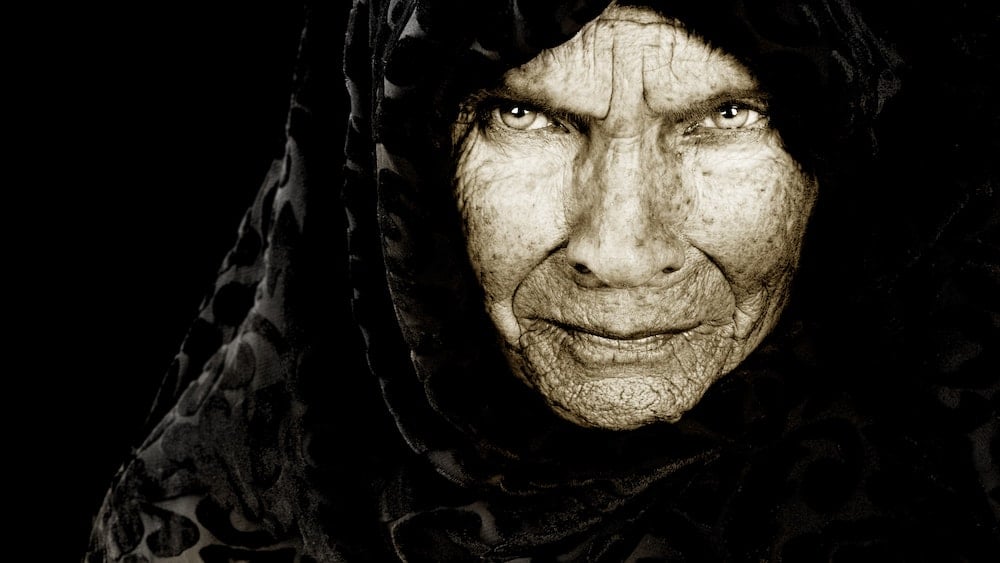
Finally we arrive at the third stage of the Goddess. She is the Crone and represented by the waning moon. Her maturity has turned into wisdom. One can observe a physical manifestation of her through familial bonds. For example when a grandmother is teaching her grandson how to play the piano.
The Crone however, also has an association with death. Though it isn’t counted as an ultimate goodbye. Wicca has strong roots in nature worship, believing in the same rebirth after death. In spring, She will be reborn again as the Maiden.
The simplest way to incorporate the Goddess into your altar is having the triple moon goddess symbol drawn on a piece of paper. A more personal way to forge a connection with the Goddess is to wear Her symbol on you. It’s a great way to channel feminine wisdom and energy.
Our free Wicca 101 course provides the essential knowledge and skills
you need to start confidently practicing Wicca.
Join the Wicca Academy community today!
The Goddess Across Cultures
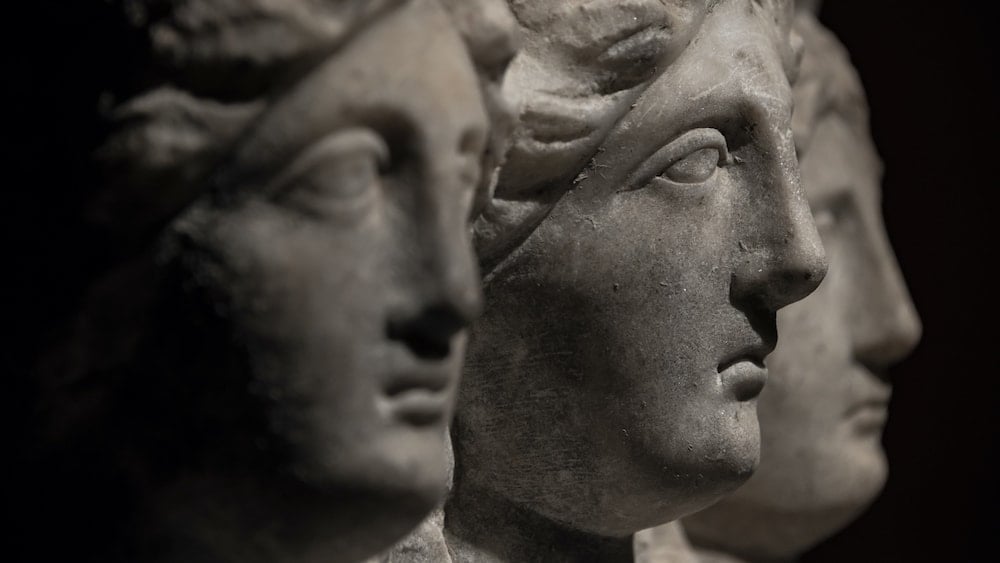
In modern day Wiccan practices each phase of the Goddess can be different deities. Most of them with origins in ancient religions across the world. These ancient deities have been around for centuries and the concept of a triple-goddess worshipped as a single entity has been around for a similar length.
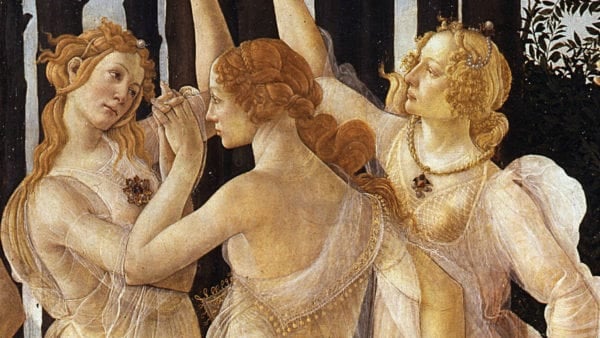
Celtics paid their respects to Brigid, Danu, and Morrigan. Each a goddess in Her own right, but as a whole can also represent the Wicca Goddess and the triple moon goddess symbol.
Brigid
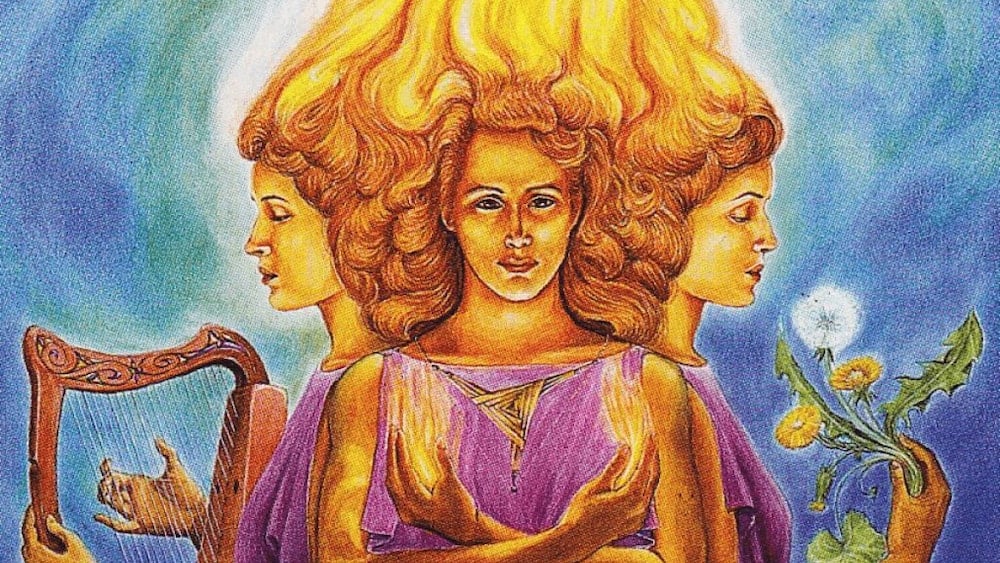
Brigid, or Brighid, represents the Maiden, a bride full of youthful energy. Come spring she brings good luck to families. Brigid is also known as the Goddess of Hearth and Home.
Danu
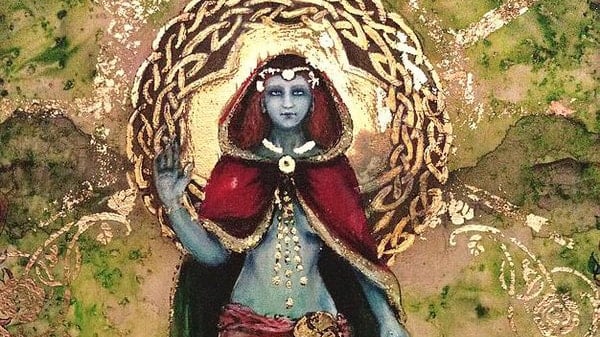
Danu represents the Mother. She was the “earth-mother goddess” to the ancient Celtics. Her connection to the main Celtic gods lies in her ability to provide nourishment for them. For instance, there is a general consensus among Celtic mythology historians that she nursed most of the Celtic gods and goddesses. Her name is a product of several members of a dedicated group, “People of the Goddess Danu”. The group comprises of Irish gods that many of you may know by their better names, fairies.She bears similarities to the Mother represented in the Triple Moon Goddess symbol.
Morrigan
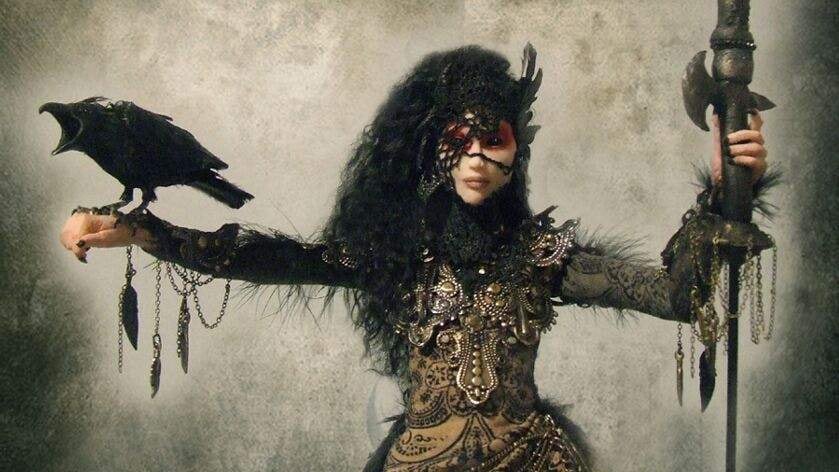
Morrigan represents the Crone. She is the almighty Goddess of War and Sovereignty. She uses the wisdom that she gains through experience to govern her land. Ravens or wolves are often animal symbols used to describe land and ownership. Consequently these very same animals are some of Morrigan’s favorite animal manifestations. Certainly Morrigan is the ancient matriarch of the land. She shares similar experiences with the Crone towards the end of its cycle in the waning moon phase.
The Celts weren’t the only group of people known to worship a triad entity during specific festivals throughout the year. In Ancient Greece, they worshiped the goddess triad – Persephone, Demeter, and Hecate. Each goddess represents different stages of the modern day Wicca Goddess we know now. It comes as no surprise that modern day Wiccans would gravitate towards these goddesses for their personal worship.
Who is The Horned God?
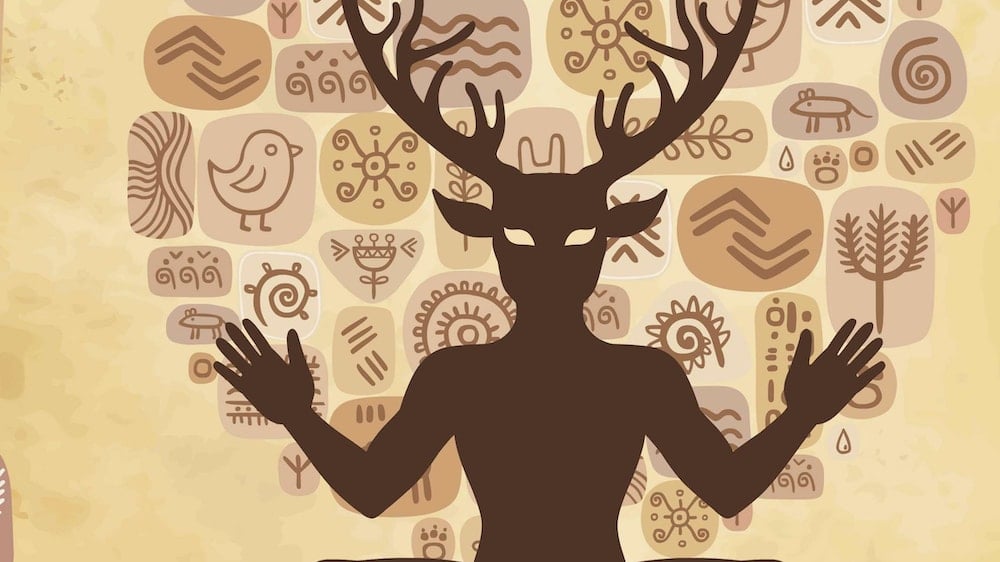
Just like the Goddess, the God also has celestial beings that predate the ones known in modern day Wicca. He goes by several names that might be more familiar: Horned God, Green Man, Sun God, and Lord. For the purposes of this article we’ll refer to Him as the Horned God.
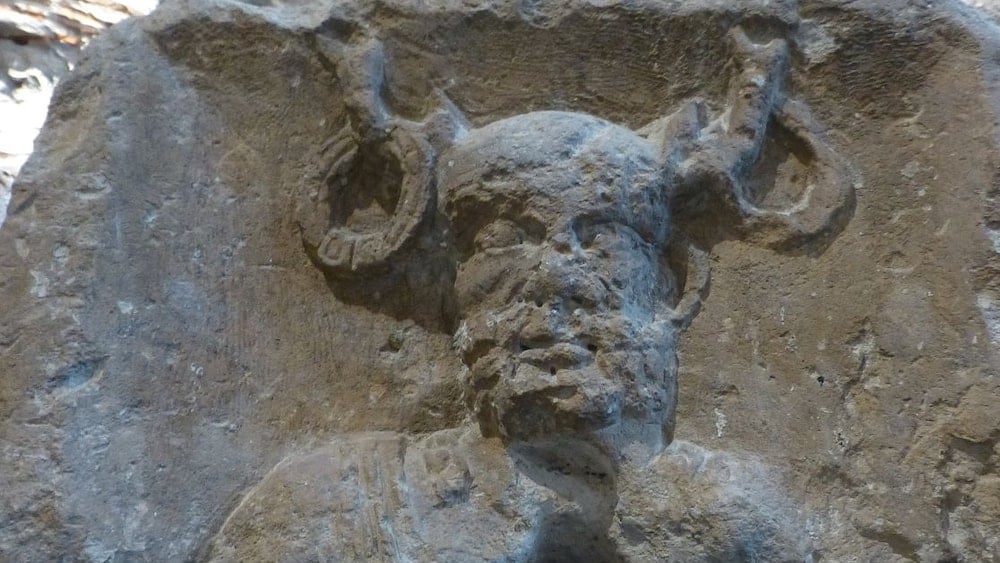
The symbol associated with the Horned God preexisted Wicca by more than a few thousand years. Archaeologists found the symbol on a paleolithic cave wall in France. A circular drawing with a sideways ‘C’ at the top of the circle to mimic horns. Back then this symbol represented an entity referred to as the ‘Sorcerer’ or ‘Great Magician’. He is also referred to as the ‘master of animals’.
Throughout history and across a number of religions the symbol for the Horned God represented fertility and masculine energy. Since the Horned God is meant to be the counterpart to the Goddess, He ultimately becomes a representation of masculinity found in nature. Horns from horned animals have been a symbol of male virility since the paleolithic period. This symbol appears in many religions and cultures.
Is the Horned God Satanic?
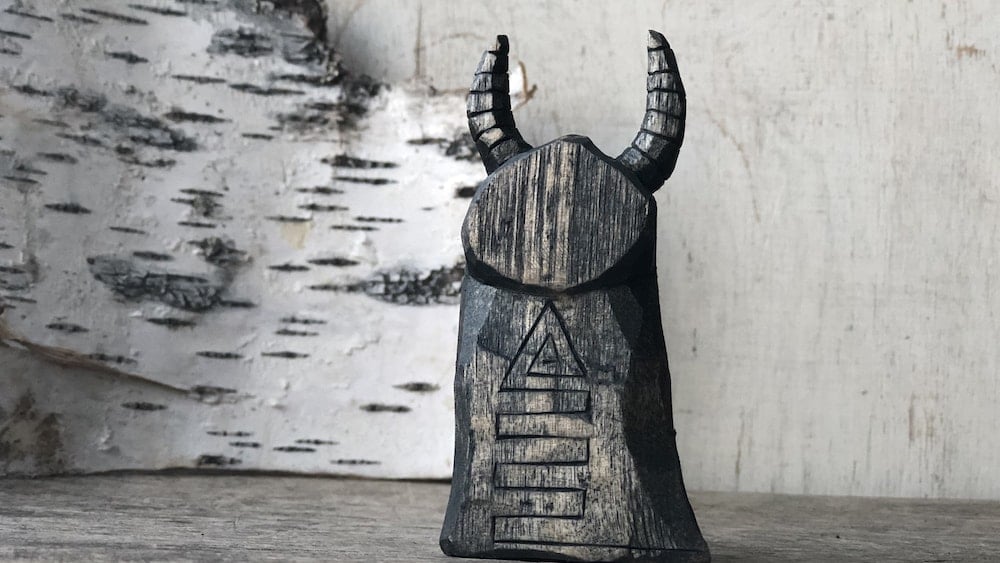
In short, no. The Horned God reigns supreme in the forest and is the Sun to the Goddess’ Moon. He is also the Divine Ruler of life and the underworld. Art history often depicts the Horned God as being half-man and half-animal. Ritualistic cave drawings found across France have inspired plenty of imagery of the Horned God as an animal-man hybrid. Most of these paintings depict a man dressed in stag’s skin often found close to the symbol of the horned god. Performing religious ceremonies while dressed in animal skins wasn’t only specific to France. It occurs in different cultures, religions and has shown up throughout history quite a bit.

Of course there have been other religions who made claims that the Horned God was synonymous with the Devil. The Horned God’s association with horns and depiction as an animal hybrid justified these claims to the misinformed masses. The misinformation was spread by competing religions to deter people from worshiping older religions.
After that, witch trials destroyed plenty of pagan texts in an effort to champion Christianity. Any sort of polytheism was essentially banned by law. Various religions succeeded with their knowledge suppression for a long time. Over time the truth about the Horned God and other pagan deities has spread. The dawn of the internet has spread that truth faster than ever.
The Horned God’s Cycle

Similarly, the Horned God goes through a life cycle like the Goddess. A cycle of death and rebirth. It is important to note that this is not a resurrection. It’s a continuation of a legacy through generations left behind on Earth.
The Horned God’s lifespan is measured in seasons rather than the phases of the Moon as the Goddess does. In the winter He is born, learning from the wise Crone dying in Her waning moon phase. In Spring, He is a man full of life and virility. The Horned God courts the Maiden and they consummate their marriage. He then becomes an old withered man in Fall. The season is heavy with bountiful crops planted from the Spring union between the Maiden and Himself.
The story of the Holly King and the Oak King is another way to view the lifecycle of the Horned God.
Horned God Across Different Cultures
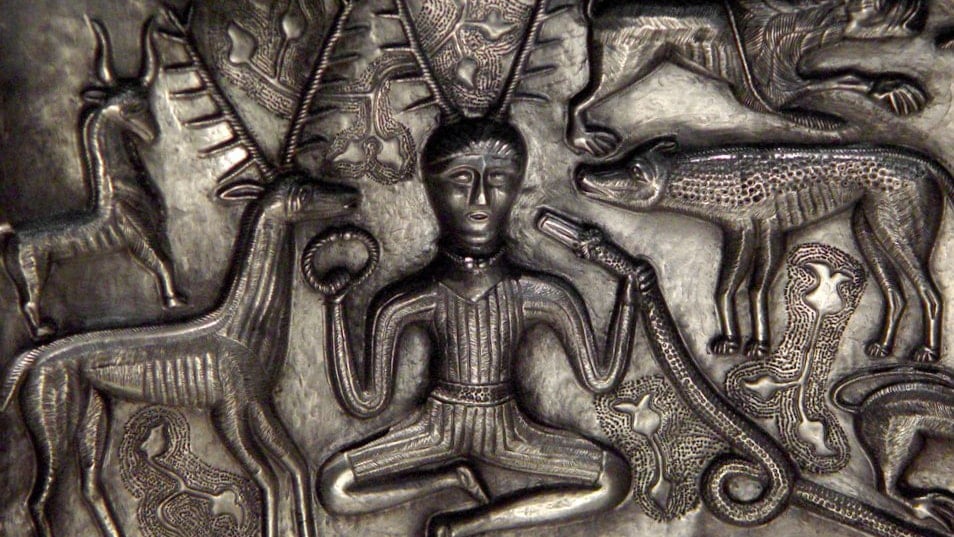
Cernunnos, an ancient Celtic God, is a variation of the Horned God. He is otherwise known as the “Lord of the Wild Things” and is a horned deity (typically a stag’s). Across the British Isles, Cernunnos is also described as a bearded man with long, shaggy hair.
Throughout Celtic mythology, He is the protector of the forest and a masterful hunter. Cernunnos is sometimes associated with the Green Man deity. Also known to be the keeper of the forest. Although the Green Man is a part of the forest himself rather than an individual. Due to Cernunnos’ horned appearance, the Church misidentified as the ‘antichrist’.
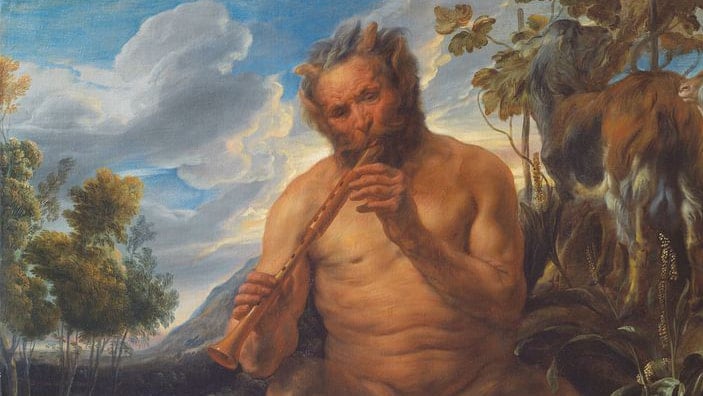
Another adaptation of the Horned God comes in the form of Pan the Greek God. He’s half-man and half-satyr, known for his fertility and jovial partying ways. Besides possessing satyr horns, Pan’s symbol is also anything phallus-shaped. Farmers would pray to Pan for a bountiful season or to invoke fertility in their animals. That is why Pan is often depicted with a cornucopia. A cornucopia is a horned structure filled with fall harvest fruits and vegetables.
Osiris the ancient Egyptian God of the Underworld wasn’t an animal hybrid, but he did play a dual role as the god of the dead and god of fertility and agriculture.
Any of these gods are suitable for a modern day practicing Wiccan to substitute for the Horned God.
Don’t miss out!
We have a special offer for you after you create your free account
Conclusion
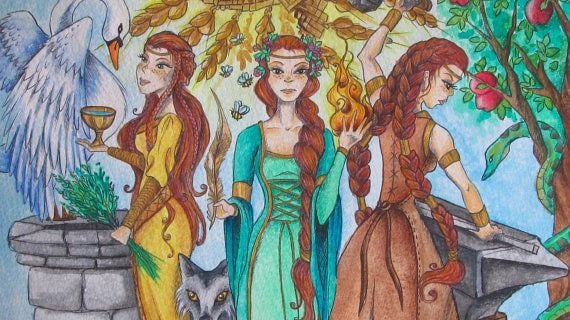
Above all, there’s no true set of rules to practicing Wicca. Your gut is your guide. Listening to it will lead you to your patron goddess or god.
Keep in mind that balance is important. It’s usually preferred to have both masculine and feminine energies on your altar (or spells- depending on the intention).
Also keep in mind that not all gods and goddesses are the same despite their glaring similarities. It’s crucial to do background reading on your particular deity of choice. The more specific your offerings are, the more personalized and connected you feel towards your magical intentions and altar.
A quick example of this is the god Pan who prefers offerings of wine. Don’t forget to include his nymph consorts who favor honey cakes as an offering. For the goddess Persephone, small fruits (pomegranates especially) and seeds are more appropriate offerings.
You can learn different ways to create offerings for your altars, celebrate the Wiccan holidays, and much more through Wicca Academy. Sign up for free to get started on your first course!
Check out our other articles:
Jar Spells Made Simple
Candle Color Meanings
Get to Know Your Familiar
Kitchen Magick for Beginners
Moon Phases and Simple Rituals
See All Articles
Love this article? Share the magick with your friends and loved ones!
All of these articles are informative and inspiring and informative. Thank you.
Bev Cotton